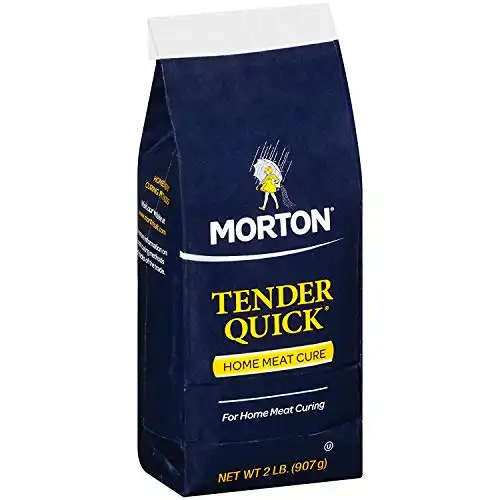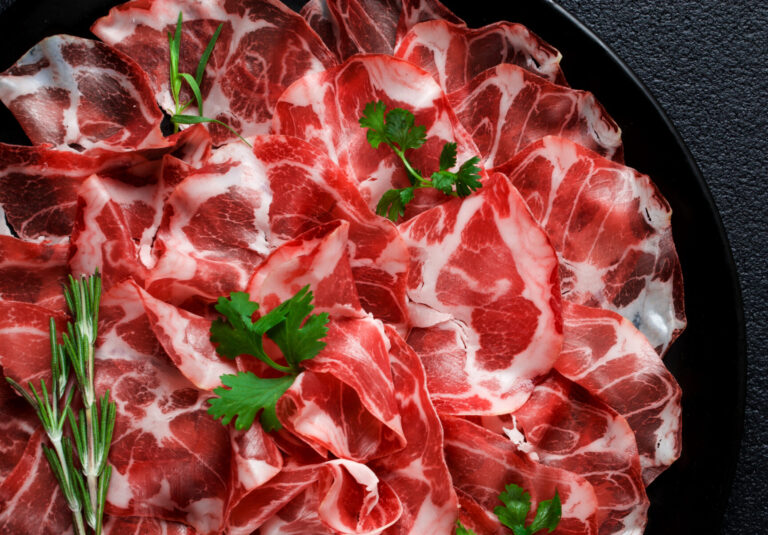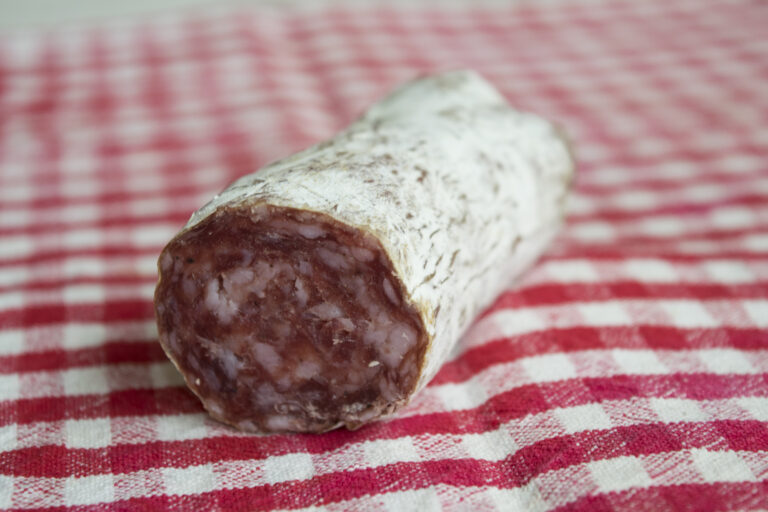3 Meat Curing Salts for Perfectly Safe and Delicious Homemade Charcuterie
Choosing the right curing salt is crucial for safe and delicious homemade charcuterie. Understand the types, consider key factors, and select quality brands for successful meat preservation.
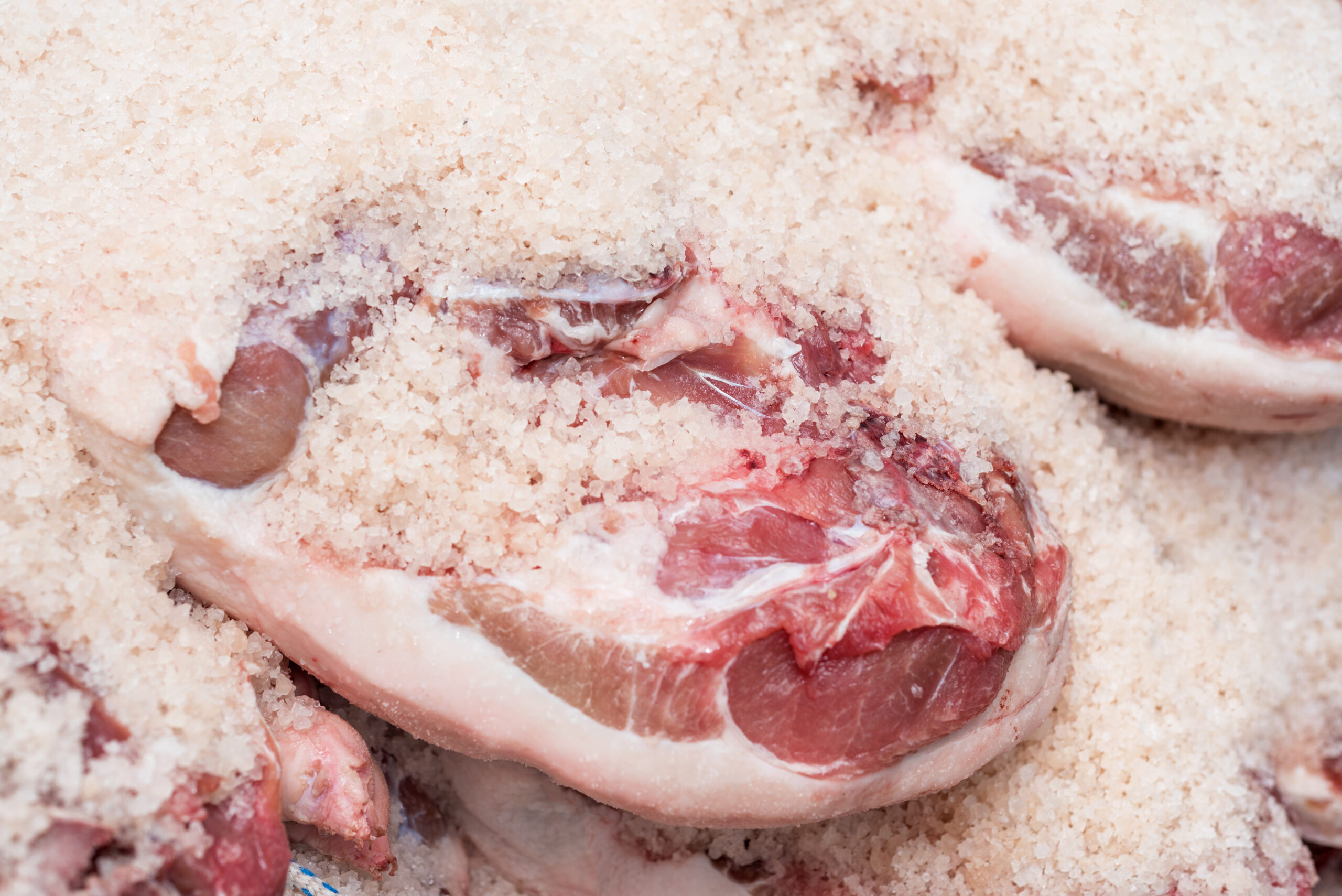
When you’re diving into the world of homemade charcuterie, the right meat-curing salt can make all the difference. It’s not just about flavor—it’s about safety and quality, ensuring your cured meats are deliciously successful.
Disclosure: As an Amazon Associate, this site earns from qualifying purchases. Thank you!
Understanding Meat Curing Salts
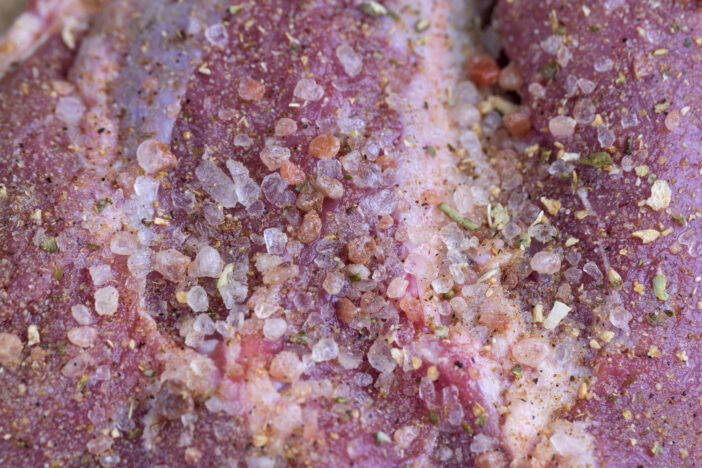
Meat-curing salts are crucial for the success and safety of homemade charcuterie, enhancing flavor and preserving food. They prevent bacterial growth in meat by combining sodium chloride (table salt) with nitrites or nitrates, which preserve meat color, prevent spoilage, and maintain freshness. Essential for sausages, hams, and other cured meats, these salts ensure that the products are safe and delicious over time.
- Pink Salt: Also known as Prague Powder or Insta Cure #1, this salt contains sodium nitrite and is used for curing meats that will be cooked and consumed relatively quickly, such as sausages and bacon.
- Prague Powder #2: Similar to Pink Salt but includes both sodium nitrite and sodium nitrate. It’s ideal for long-term curing projects, like hard salamis or country hams.
- Saltpeter: Traditionally used before modern curing salts were available, it’s less common now but still used in some old-fashioned recipes.
- Sea Salt and Himalayan Salt: While not traditional curing salts as they don’t contain nitrates or nitrites, they are sometimes used in curing for flavor.
Each type of curing salt has specific applications depending on the meat’s curing time and the desired end product. Choosing the right type ensures both safety and quality in your cured meats.
Key Factors to Consider When Buying Curing Salts
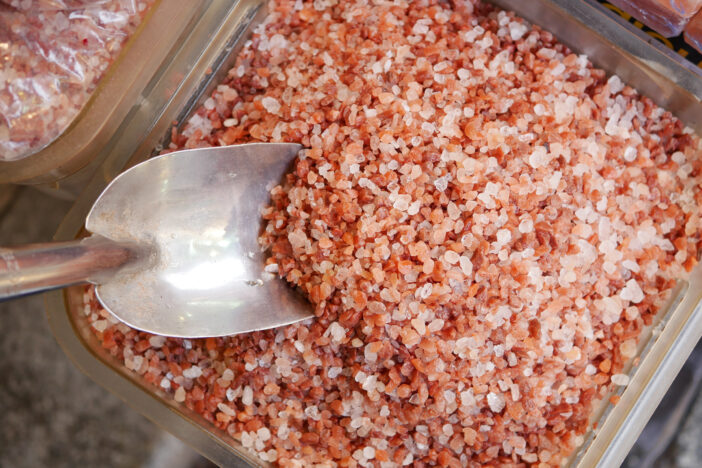
Choosing the right curing salts is essential for the quality and safety of your cured meats. Consider these key factors to ensure you get the best results.
Purity and Quality
Ensure the curing salts you buy are of high purity and quality. Look for salts that specify “food grade” to avoid contaminants that could affect the flavor and safety of your meats. Brands that provide a certificate of analysis (CoA) offer an extra layer of reassurance about the salt’s composition and purity.
Salt Type and Composition
Select the appropriate type of curing salt based on your curing needs. Remember, Pink Salt (curing salt #1) is ideal for short-term curing projects like bacon and sausages, while Prague Powder #2 suits long-term curing processes necessary for dried meats. Each type has a specific ratio of sodium chloride to nitrite or nitrate, impacting both safety and outcome.
Intended Use and Meat Type
Match the curing salt to your specific meat and recipe. Different meats and curing durations require different types of salts. For instance, tougher meats with longer curing times often require a salt with a higher concentration of nitrates, such as saltpeter or Prague Powder #2. Understanding the salt’s influence on meat texture and flavor enhancement is crucial for achieving desirable cured meats.
Popular Brands and Their Offerings
Knowing the key players in the meat-curing salt market can help you choose the best product for your needs. Here’s a look at some top brands and their offerings:
- Morton Salt – Known for its reliability, Morton offers Regular Curing Salt, ideal for all-around use in various meat curing processes. It’s especially good for beginners.
- Hoosier Hill Farm – This brand is lauded for its Prague Powder #1, a favorite choice for short-term curing projects like sausages and jerky. Their product ensures consistent results and has a good reputation for quality.
- Anthony’s – They provide a high-purity version of Prague Powder #2, suited for long-term curing like hams and salamis. It’s renowned for maintaining color and flavor over extended curing periods.
- The Sausage Maker – Specializing in specific curing needs, this brand offers a variety of curing salts tailored for different types of meats and outcomes. Their Insta Cure No.1 is perfect for quick cures.
- Bolner’s Fiesta – Famous for their specialty blends, Bolner’s offers a unique touch to traditional curing with products like their Fiesta Uncle Chris’s Fancy Pickling Spice, enhancing both flavor and preservation.
- San Francisco Salt Company – They focus on crafting salts for gourmet and specialty cures, with options like Cherrywood Smoked sea salt, which introduces a distinct smoked flavor to the meat during the curing process.
Each of these brands has structured its offerings to meet specific needs, whether you’re a novice or an expert in meat curing. Selecting the right brand and product ensures that your curing process delivers both safety and flavor.
Where to Buy Curing Salts
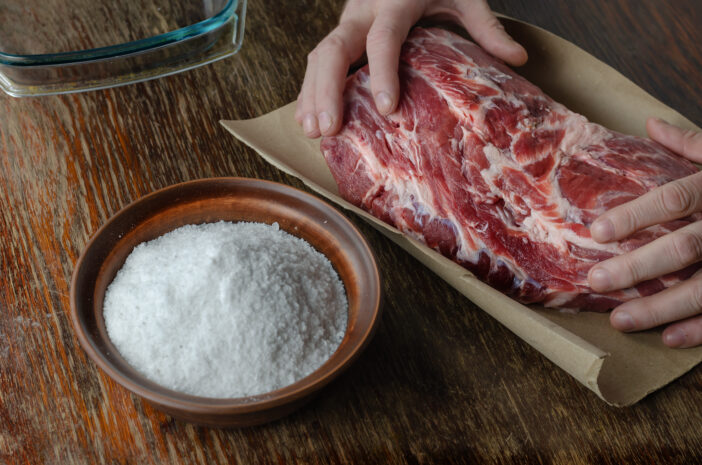
Finding the right place to buy curing salts is crucial for your meat-curing endeavors. Whether online or locally, numerous options are tailored to meet your needs.
Online Retailers and Platforms
Shopping online offers convenience and variety. Major platforms like Amazon and eBay feature an array of brands including Morton Salt, Hoosier Hill Farm, and The Sausage Maker. These platforms provide detailed product descriptions, user reviews, and often competitive pricing, making it easier for you to make an informed decision. For professional-grade options, check out specialty food service sites like WebstaurantStore.
Local Suppliers and Specialty Stores
Prefer a hands-on approach? Local butchers and specialty food stores often stock high-quality curing salts. These places offer the added advantage of expert advice from seasoned professionals. If you’re looking for personal recommendations and want to support local businesses, start here. Stores known for gourmet products or those catering to culinary professionals are more likely to carry top-notch brands like Bolner’s Fiesta and San Francisco Salt Company.
Tips for Storing and Using Curing Salts
Proper storage and handling of curing salts are essential for their effectiveness and safety. Here are the best practices:
- Keep It Dry: Store curing salts in a cool, dry place to prevent clumping and degradation. Moisture is the enemy of curing salts, so tightly sealed containers are a must.
- Avoid Light Exposure: UV and even artificial light can affect the composition of curing salts. Store them in opaque, non-transparent containers to shield them from light.
- Label Containers Clearly: Misidentification can lead to accidents. Always label your curing salt containers with the date of purchase and type of salt (e.g., Prague Powder #1 or #2).
- Monitor Shelf Life: Regularly check expiration dates—if your curing salt doesn’t have one, note that it generally lasts up to 5 years under optimal storage conditions.
- Wear Protective Gear: When handling curing salts, wear gloves and a mask. This prevents skin contact and inhalation of fine particles.
- Measure Accurately: Ensure you’re using the correct quantities as recommended in recipes. Overuse can be harmful, so precision is key.
- Keep Away From Children and Pets: Due to its high toxicity, always store curing salts out of reach of children and pets.
- Dispose of Safely: If you need to dispose of old or unused curing salts, don’t just throw them in the trash. Check with your local waste management to find out the proper disposal methods.
Frequently Asked Questions
What are curing salts and why are they used in charcuterie?
Curing salts are mixtures of table salt and nitrites or nitrates, used in the process of preserving meats. They help prevent the growth of bacteria, maintain meat flavor and color, and extend shelf life, making them essential for safe and effective charcuterie production.
How do I choose the right type of curing salt?
Select curing salts based on the type of meat and the curing method you plan to use. For quick cures, use salts with sodium nitrite, and for longer, dry curing, choose salts containing sodium nitrate. Brands like Morton Salt and Hoosier Hill Farm offer products for various curing needs.
Where can I buy high-quality curing salts?
High-quality curing salts can be purchased online through platforms like Amazon and eBay or locally at specialty food stores and butcher shops. These outlets often provide a range of options and brands, including popular ones like Morton Salt and Hoosier Hill Farm.
How should curing salts be stored?
Store curing salts in a cool, dry place away from light. Use an airtight container to protect them from moisture and contaminants. Proper storage helps maintain their effectiveness and extends their shelf life.
What are some safety tips for handling curing salts?
Always wear protective gloves and avoid inhaling the powder when handling curing salts. Measure accurately according to your recipe, and ensure to use them only as directed to maintain safety and effectiveness in your curing projects. Also, never substitute curing salts for regular table salt.
How do I dispose of unused curing salts safely?
Dispose of unused curing salts according to local regulations, typically by taking them to a hazardous waste disposal facility. Avoid pouring them down drains or disposing of them with regular garbage to prevent environmental contamination.


